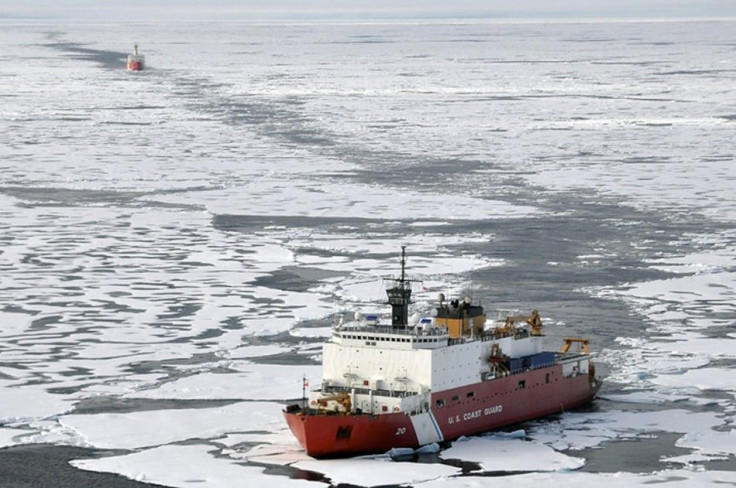Exploring (Un)Frozen Regions- A Bright Side to Global Warming?

Melting tundra in typically frozen regions may cause an unexpected effect: Arctic development.
We'll see more (Arctic) activity than we've seen in the past, IHS-Cambridge Energy Research Associates chief energy strategist David Hobbs told the energy news Web site FuelFix.com. But given that the past has been a pretty low baseline, that's not as great a statement as it might sound.
On example includes a deal between ExxonMobil and Rosneft, a leading Russian oil company, to partner up for various projects in the Arctic regions, FuelFix.com and The New York Times cited.
It is paradoxical that new opportunities are opening for our nations at the same time we understand that the threat of carbon emissions have become imminent, Iceland president Olafur Ragnar Grimsson said at a shipping conference, the Times reported.
The partnership between ExxonMobil and Rosneft includes creating a joint Arctic Research and Design Center for Offshore Development in St. Petersburg, Russia and developing western Siberian oil resources, according to ExxonMobil's Web site.
This large-scale partnership represents a significant strategic step by both companies, Exxon Mobil Corporation Chairman and CEO Rex Tillerson said in a statement in August. This agreement takes our relationship to a new level and will create substantial value for both companies.
Not everyone is thrilled with the idea of more human activity in melting parts of the world.
This loss of ice will not only turn the Arctic ecosystem upside down, affecting many animals that are adapted to a life with sea ice, wrote Rahmstorf, Stefan Rahmstorf, an environmental professor at Germany's Potsdam Institute for Climate Impact Research, wrote on Project Syndicate, an op-ed commentary web site. It will affect all of us. If the Arctic ice disappears in the summer months, we will lose a giant mirror that reflects solar heat back into space and helps keep the planet cool.
NASA has been taking the matter of ice studies into its own hands. Last week, it announced plans to continue with its IceBridge flying mission to look at Antarctica's changing ice.
With a third year of data-gathering underway, we are starting to build our own record of change, NASA IceBridge project scientist Michael Studinger said in a statement. With IceBridge, our aim is to understand what the world's major ice sheets could contribute to sea-level rise. To understand that you have to record how ice sheets and glaciers are changing over time.
© Copyright IBTimes 2024. All rights reserved.











